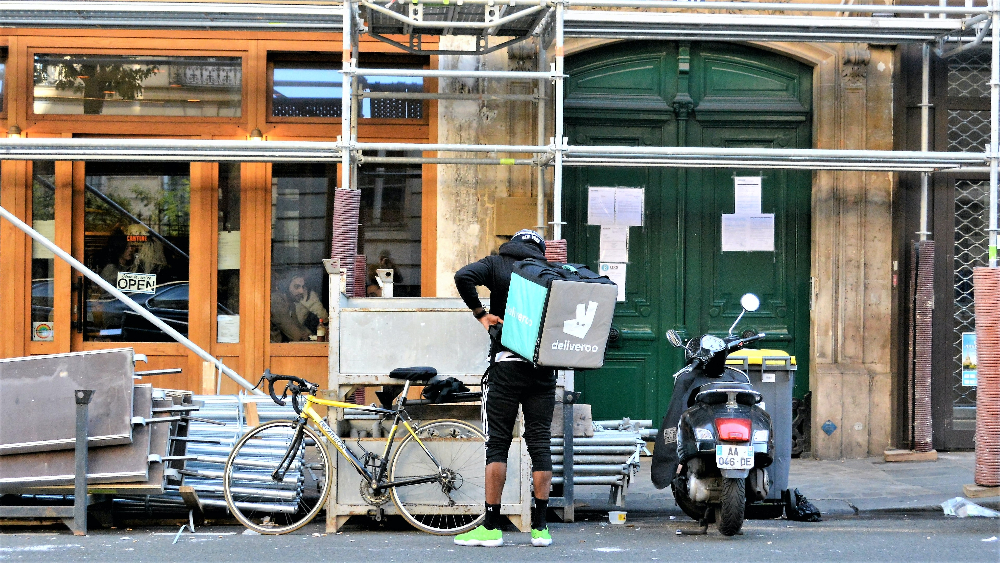Should you invest in Deliveroo?
This week I’ve been deliberating over whether or not to invest in Deliveroo.
I had pencilled in the decision date as today (the last day to apply for Community Shares is officially 30 March 2021 although the prospectus advises doing so by midnight on 28 March).
With a household name like Deliveroo, there’s obviously a lot of interest and everyone’s weighing in on whether or not they should invest.
It was interesting to read in The Guardian for example that some of the biggest fund managers in the UK have expressed that they may not invest in the company because of a report on Deliveroo’s labour practices.
The Deliveroo model
Like similar companies, Deliveroo riders are self-employed workers.
They are paid per delivery, with fees varying depending on the order as well as distance travelled. They can also accept or reject orders and work for Deliveroo’s rivals.
While Deliveroo has always maintained that its riders are paid well above the minimum wage for monies earned while on a job, a new report from The Bureau of Investigative Journalism has said that in reality, some of the workers it surveyed made as little as £2 an hour.
That’s because the gig-economy doesn’t factor in down time between deliveries, like when riders are waiting for meals to be ready or for orders to come in, so actual wages earned per hour can fluctuate a lot.
Deliveroo, its riders and investors
Ahead of its IPO, Deliveroo riders are expected to go on strike in protest against the current payment model.
Deliveroo on its part is planning to create a £50 million community fund that will in part financially benefit its top riders as part of its listing on the London Stock Exchange in April.
When you think about it, the success of Deliveroo’s model really rests on its riders. More riders mean a more efficient business while protests from unhappy workers can lead to volatility in share prices once the company is publicly traded.
What’s more, the industry is highly competitive and the margins are tight, so if Deliveroo was forced to give out employment contracts to its riders and guarantee a minimum wage, it may affect the company’s profitability.
Deliveroo is, by the way, still in a period of rapid growth. Its revenue is up but costs mean it’s still making a significant loss – £223.1 million in 2020, although this is smaller compared to 2019 and 2018.
The risks of investing in Deliveroo
Fund managers are rightly hesitant at this stage. After all, a large part of investing is about weighing up the risks.
They don’t have to make a firm decision before the IPO though, unlike Deliveroo’s Community investors, and it doesn’t mean they won’t invest further down the line.
Meanwhile, Deliveroo’s Community investors must apply for shares ahead of the IPO based on the valuation range the company has set out, which means it’s especially important to work out whether you think it’s the right price.
My outlook
For me, the risks were too great because Deliveroo isn’t planning to pay dividends for the foreseeable future, which means any profit or loss from the investment rests entirely on the value of those shares.
And ultimately, based on my current circumstances, I felt that it would tip too much of my portfolio into the high risk category at a time when I’m not as liquid as I’d like to be.
That doesn’t mean the Community Offer wouldn’t be a good fit for you.
Full disclaimer here that I’m not authorised or regulated by the Financial Conduct Authority (FCA) to dish out financial advice. For that, you should seek out a specialist who is.
BTW, the FCA has updated its general advice for would-be investors. Do check it out.






